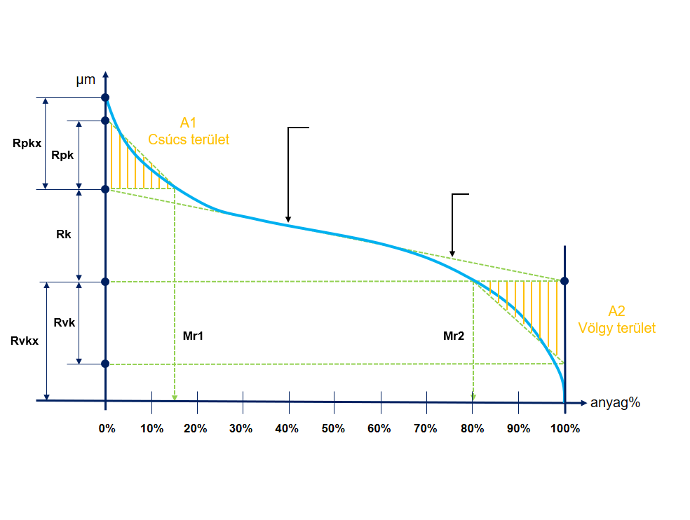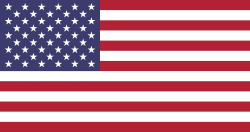ROUGNESS MEASUREMENT THEORY

CHAPTERS
1. Introduction
2. Measurement preparation
3. Lc cutoff wavelength
4. Roughness parameters
5. Profile and waviness parameters
6. Surface roughness specification
Practical training on a surface roughness tester
Measuring surface roughness with a roughness measuring device is relatively simple. However, measuring it correctly and according to standards is not as straightforward. To do so, one must understand the meaning and impact of the individual measurement parameters, interpret the roughness specifications on technical drawings, and for further analysis, be familiar with the derivation of the roughness parameters. Additionally, knowledge of surface roughness standards is essential. These concepts are covered in our training.
We do not only cover theoretical knowledge but also translate it into practice. This is achieved through interactive training, modern and easily interpretable training materials, and analysis of customer drawings at the end of the course.
DURATION
2 days
NUMBER OF PARTICIPANTS
Max. 10 people
PREREQUISITES
Basic knowledge of technical drawings (views, sections, title block)
LANGUAGE
Hungarian
INDUSTRY TARGET GROUP
Quality Assurance, Metrology, Design, Development, Manufacturing
OBJECTIVE
Understanding surface roughness requirements, specifications, symbols, interpretations, and settings

